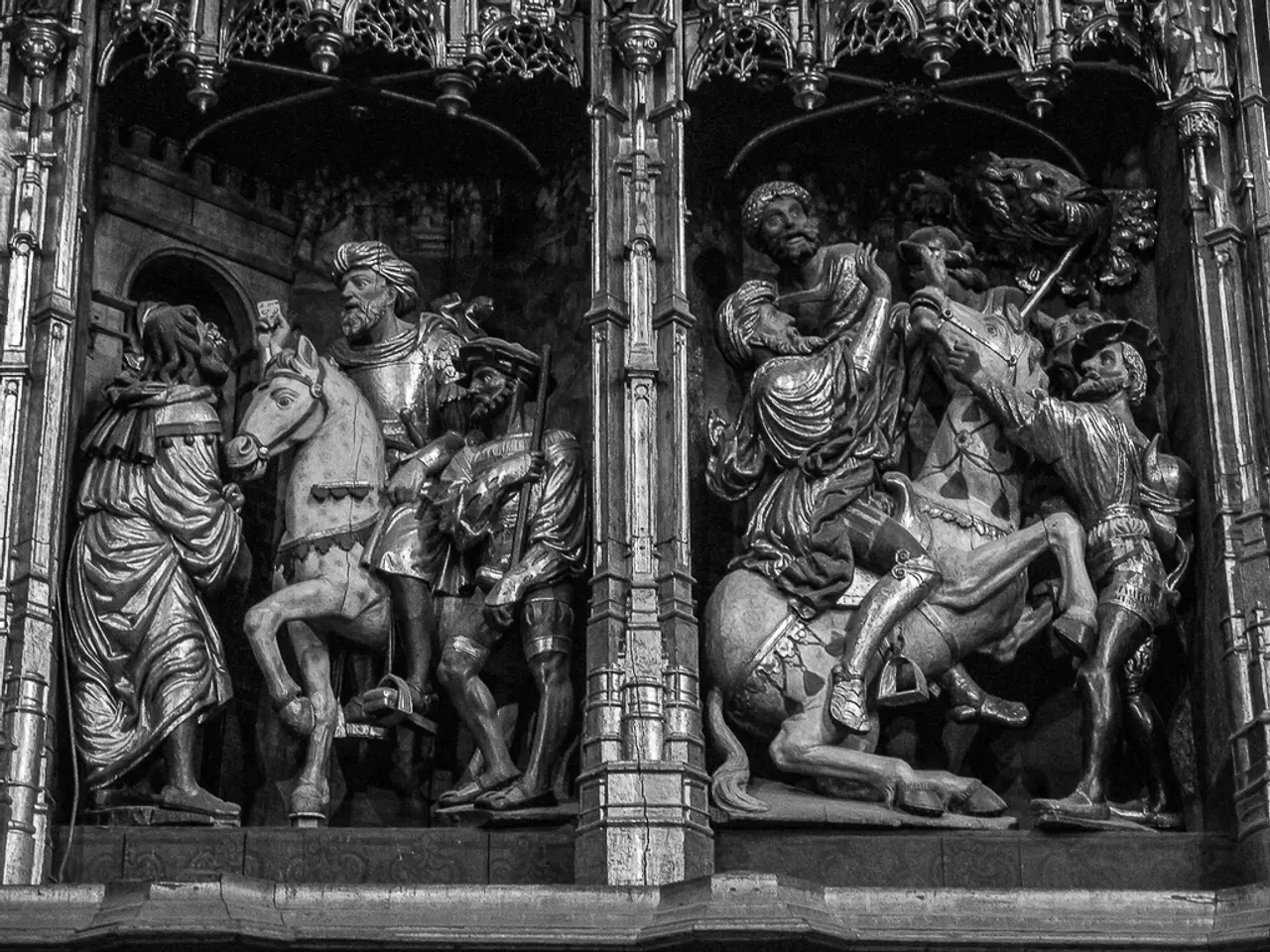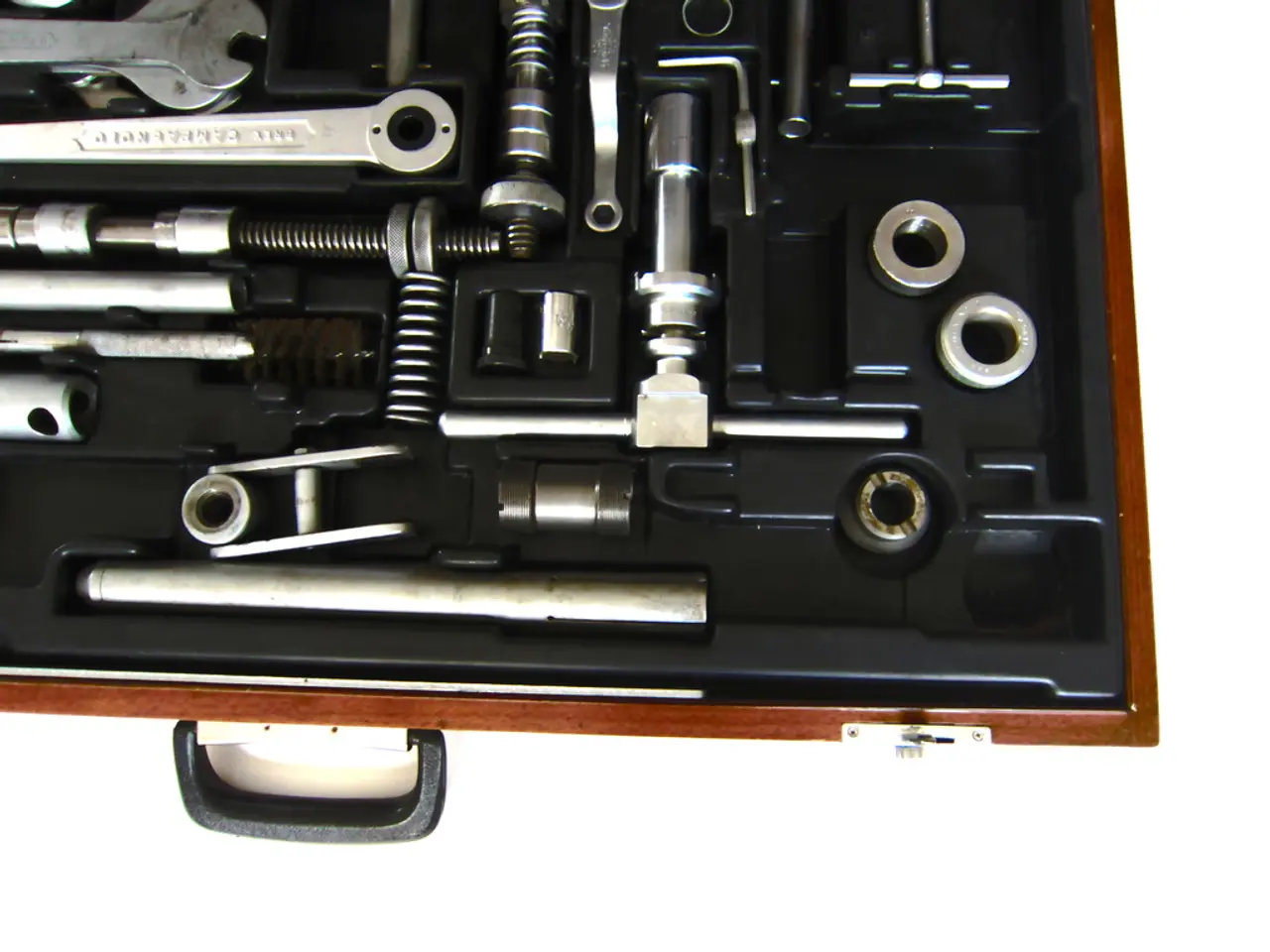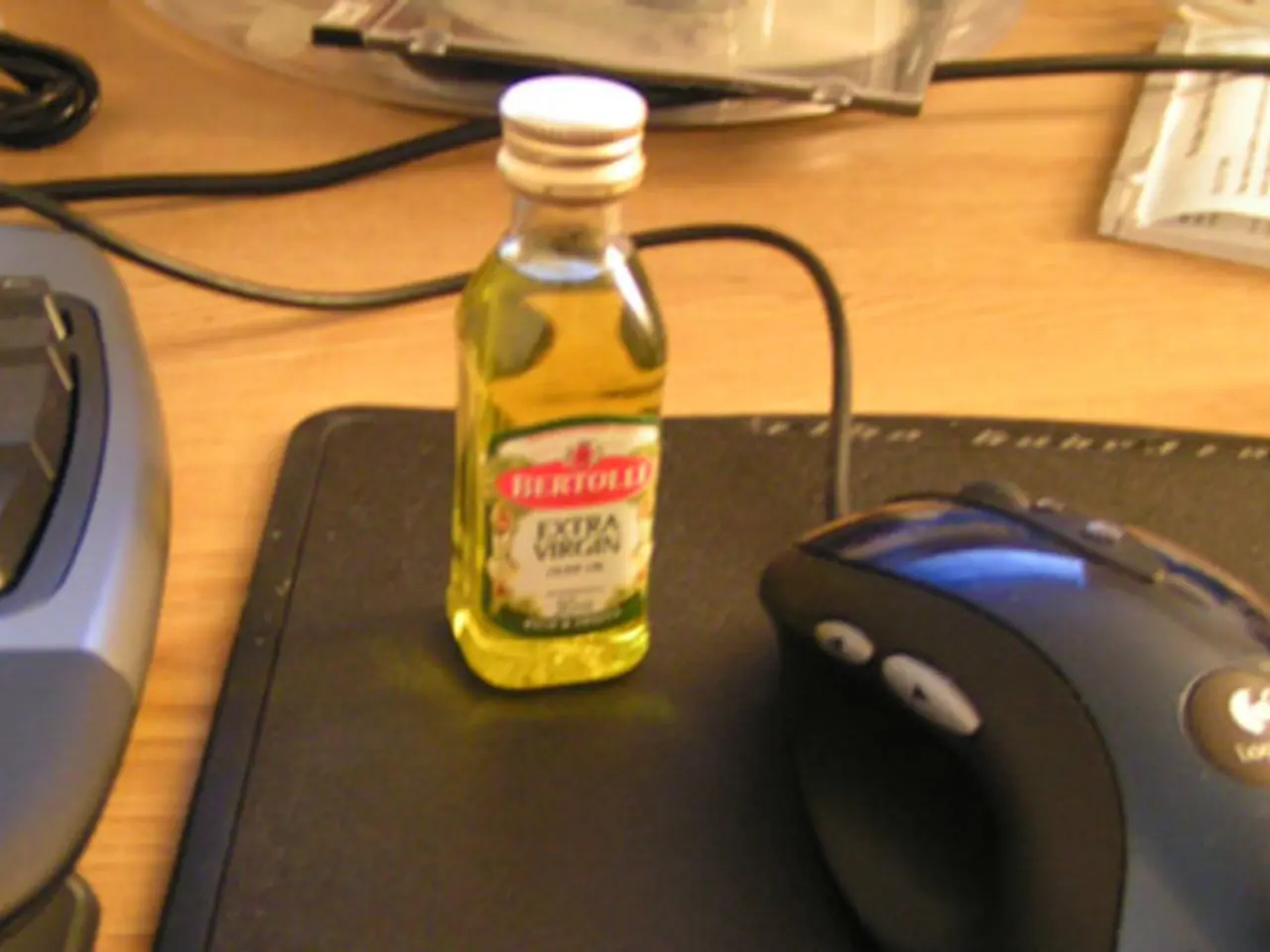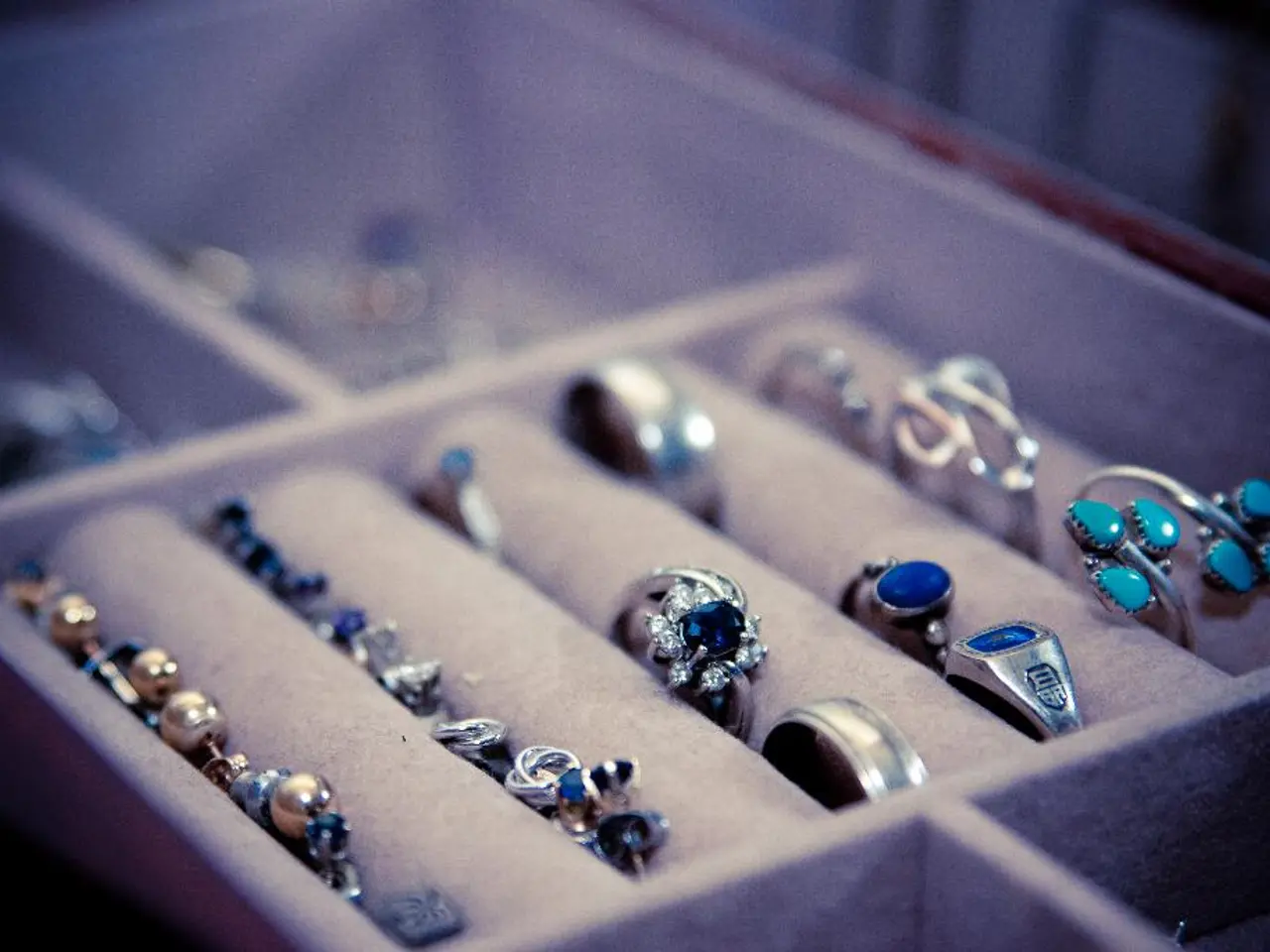Christian Bolt remains resolute in his pursuit to resurrect the Renaissance sculpting method known as terra secca.
In the picturesque town of Klosters, Switzerland, the annual Klosters Music event will take place from July 26-August 3 [1]. However, the spotlight isn't just on music this year. A renowned Swiss sculptor, Christian Bolt, is using this platform to showcase his remarkable work, a revival of the Renaissance technique called terra secca.
Terra secca, or cuerda secca, is an ancient pottery method where outlines are drawn on ceramic surfaces using a greasy manganese mixture. This allows vibrant, separated colored patterns to remain after firing [2]. The process, which demands both artistic skill and technical experimentation, involves drawing precise outlines, filling in the compartments with various colored glazes, and firing the piece without mixing the glazes.
Bolt, who discovered a torso by Michelangelo made of terra secca, has faced numerous challenges in reviving this technique. Reproducing the specific greasy manganese mixture, achieving the delicate balance in glaze application, technical firing precision, and material differences have all been obstacles [2]. Yet, Bolt perseveres, having completed half a dozen terra-secca pieces.
One of his current challenges is stabilizing the terra secca material, which makes cracks when exposed to humidity. To address this, Bolt is collaborating with limestone specialists to understand the cause of the cracks [3]. He is also experimenting with natural clays, sand, marble powder, and ground bricks in his terra secca re-creation project, which will run for three years [4].
Bolt's ultimate ambition is to create a life-size terra-secca statue and reliefs. His work will be displayed in his atelier, alongside raw clay used to make it. Visitors will also have the opportunity to view an exhibition of paintings by Swiss artist Patrick Devonas during Klosters Music 2025 [5].
Bolt's terra-secca project is more than just a quest for a new material; it is a response to the environmental crisis. Concerned about the high usage of plastic in the art world, Bolt aims to give people hope by creating a sustainable alternative [6]. He is collaborating with ETH Zurich to re-create terra secca, as they are also researching alternatives to concrete [7].
Bolt believes that the terra-secca project carries a philosophically and intellectually vital message about creating a better world through culture and art. By reviving this ancient technique, he hopes to inspire others to think creatively about sustainable solutions and to appreciate the beauty and craftsmanship of the Renaissance era.
[1] Klosters Music takes place in Klosters, Switzerland, from July 26-August 3. [2] The terra secca re-creation project involves recreating the historic pottery method where outlines are drawn on ceramic surfaces using manganese mixed with a greasy substance that prevents colored glazes from mingling. [3] Christian Bolt is seeking help from limestone specialists to understand why the terra secca recipe is producing cracks. [4] The terra secca re-creation project will run for three years, and Christian Bolt is experimenting with natural clays, sand, marble powder, and ground bricks. [5] Christian Bolt's terra-secca work will be displayed in his atelier, and an exhibition of paintings by Swiss artist Patrick Devonas will take place during Klosters Music 2025. [6] Christian Bolt is concerned about the high usage of plastic in the art world and wants to give people hope through his terra-secca project. [7] Christian Bolt is collaborating with ETH Zurich to re-create terra secca, as they are also researching alternatives to concrete.
- The terra secca project by Christian Bolt not only revives an ancient technique but also integrates elements of both science and environmental-science, as he collaborates with ETH Zurich to research alternatives to concrete, aiming to create sustainable solutions for the art world.
- Despite the challenges in reviving the terra secca technique, Christian Bolt's work contributes to the field of technology, as he experiments with various materials like natural clays, sand, marble powder, and ground bricks, pushing the boundaries of this ancient pottery method.




